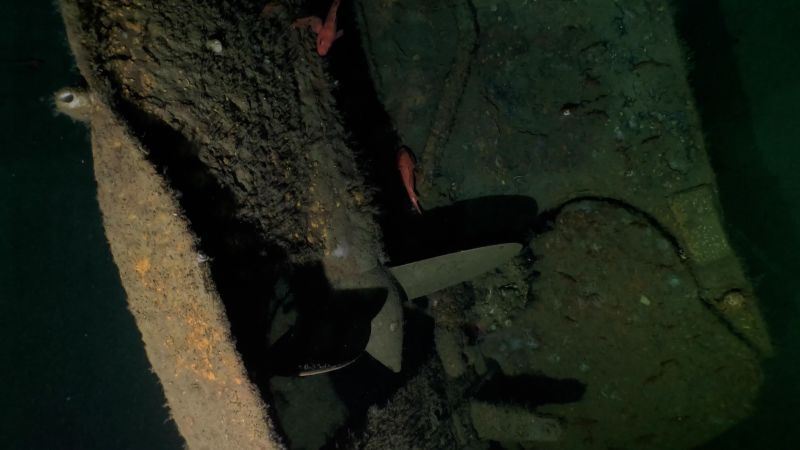Kiwi Manufacturers Face a Global Shift: Tariffs, Tech & the Changing Landscape

Navigating a New World for Kiwi Manufacturers
The manufacturing landscape is undergoing a dramatic transformation, and New Zealand businesses need to be ready. A potent mix of geopolitical tensions, evolving trade policies (tariffs!), and rapid technological advancements are forcing leaders to seriously rethink their manufacturing strategies. Gone are the days of relying on traditional location decisions based solely on cost and proximity to markets. Today's reality demands a more nuanced and adaptable approach.
The Impact of Tariffs & Geopolitical Uncertainty
Recent years have witnessed a surge in trade wars and protectionist measures. Tariffs, in particular, have thrown a wrench into established supply chains, impacting costs and predictability. The ongoing instability in global politics further complicates matters, making long-term planning a significant challenge. Kiwi manufacturers can't afford to be complacent; they need to proactively assess the risks and opportunities presented by this volatile environment.
Technology's Disruptive Role
Beyond tariffs, technological leaps are fundamentally reshaping manufacturing. Automation, robotics, 3D printing, and the Internet of Things (IoT) are driving increased efficiency, reducing labour costs, and enabling greater flexibility. These advancements mean that manufacturers are no longer solely reliant on low-wage labour markets. The ability to produce goods closer to the point of consumption, or even in entirely new locations, is now a viable option.
Rethinking Location Strategies: Reshoring, Nearshoring & Regionalisation
So, what does this mean for where Kiwi manufacturers choose to locate their plants? The traditional model of offshoring production to low-cost countries is being questioned. We're seeing trends like:
- Reshoring: Bringing production back to New Zealand to benefit from technological advancements, skilled labour, and reduced supply chain risks.
- Nearshoring: Locating production in nearby countries (like Australia or the Pacific Islands) to reduce transportation costs and improve responsiveness.
- Regionalisation: Diversifying manufacturing across multiple locations within a region to mitigate risks and access different markets.
Key Considerations for Kiwi Manufacturers
To thrive in this new era, Kiwi manufacturers should consider the following:
- Supply Chain Resilience: Diversify sourcing and build robust contingency plans to withstand disruptions.
- Automation & Digitalisation: Invest in technologies to improve efficiency, reduce costs, and enhance flexibility.
- Skills Development: Upskill the workforce to operate and maintain advanced manufacturing technologies.
- Government Support: Engage with government initiatives designed to support the manufacturing sector and promote innovation.
- Data-Driven Decision Making: Leverage data analytics to optimise production processes, predict demand, and make informed location decisions.
The Future is Here
The changes impacting manufacturing are not temporary; they represent a fundamental shift in the global economic landscape. Kiwi manufacturers who embrace these changes, adapt their strategies, and invest in innovation will be best positioned to succeed in the years to come. The time to act is now.






